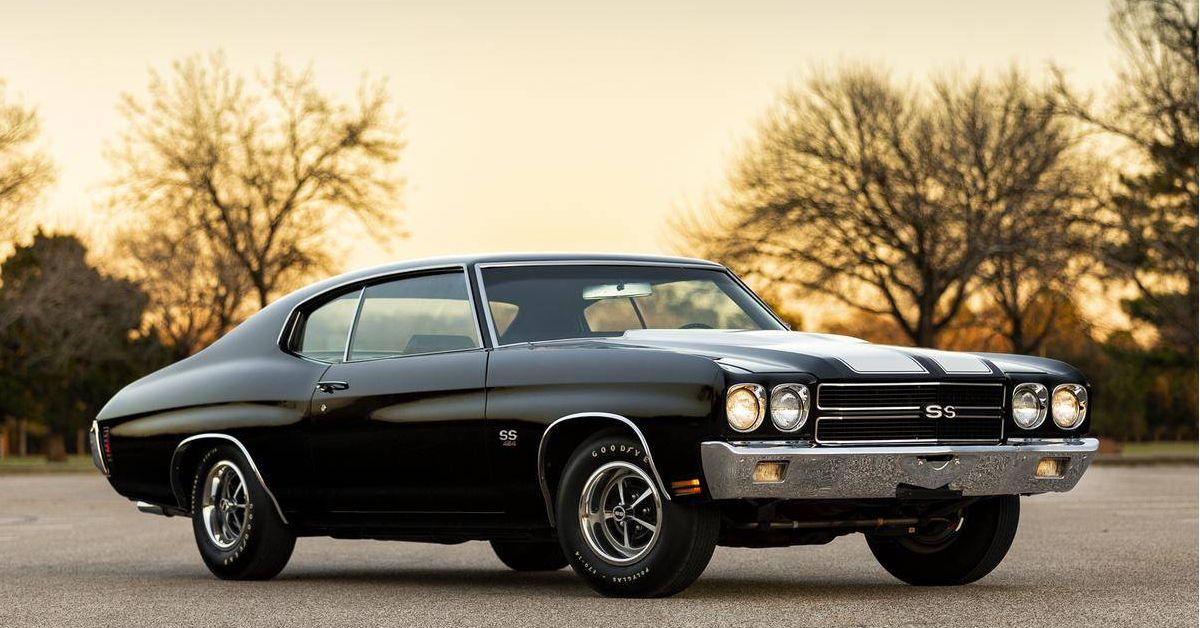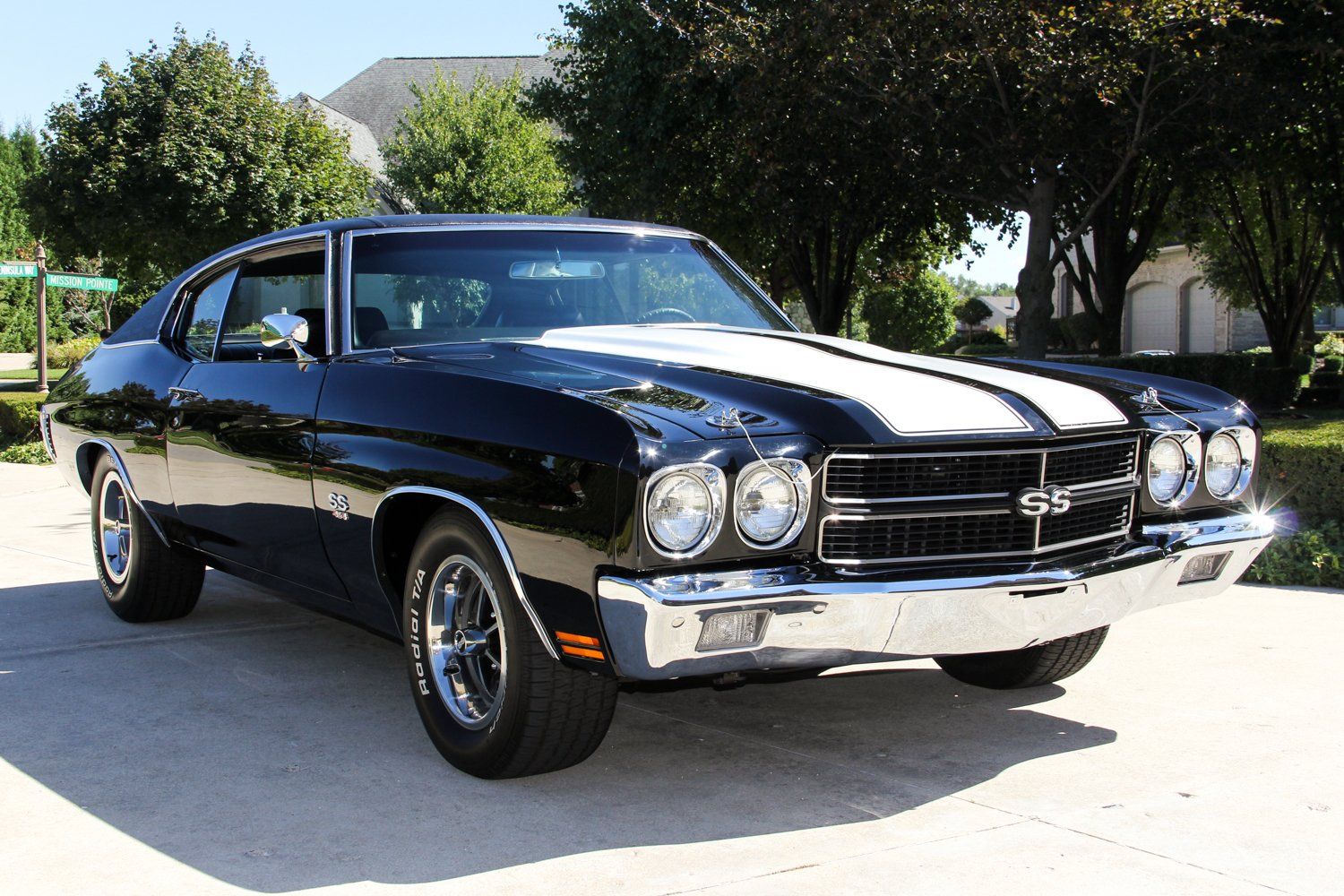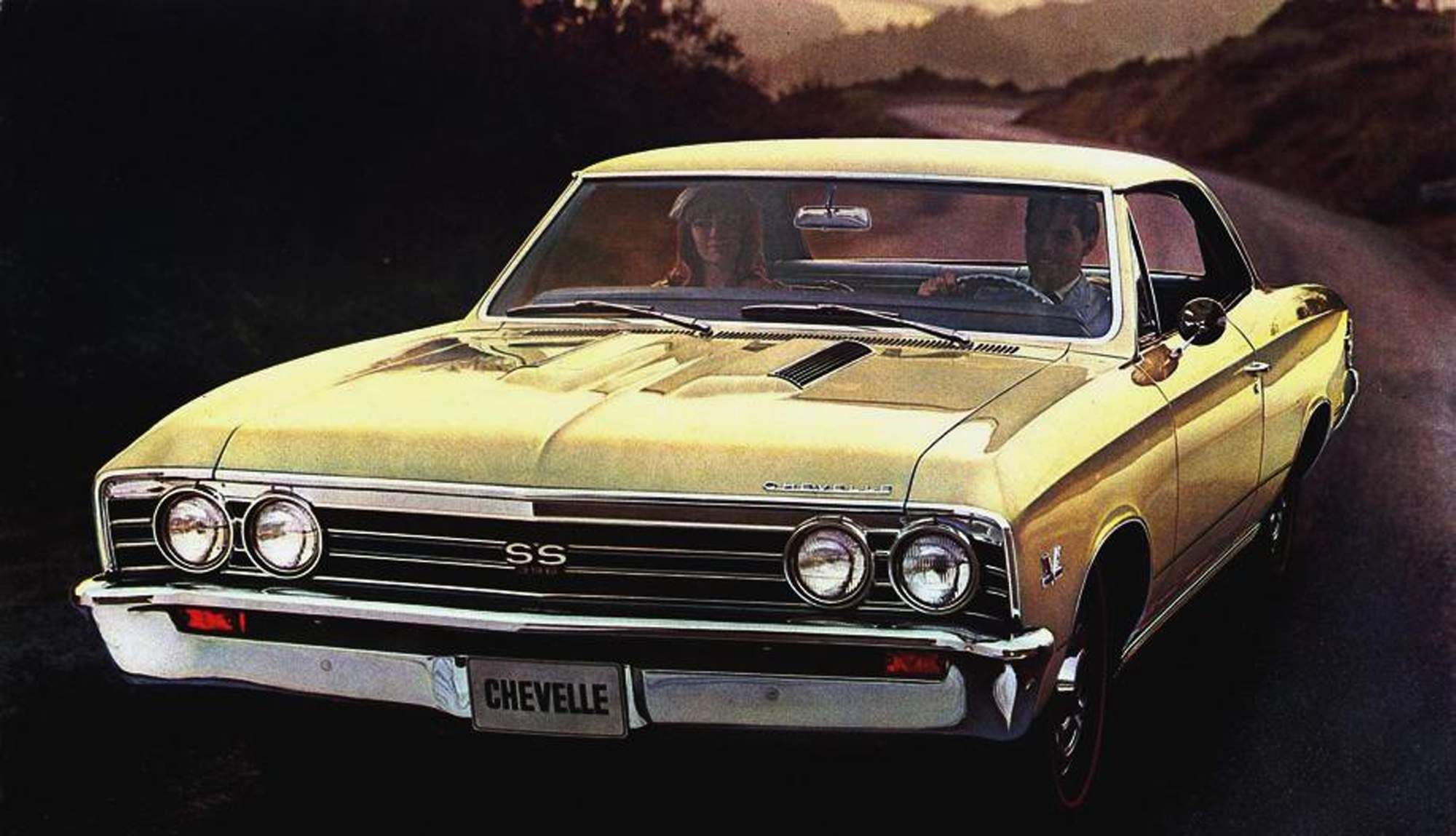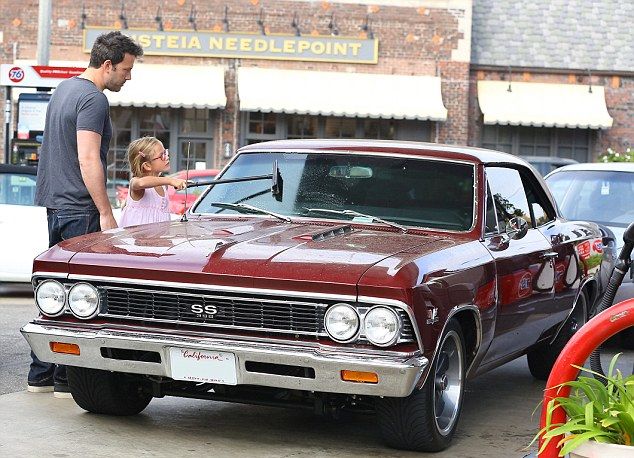The Chevrolet Chevelle was just one of the countless muscle cars built during the popular muscle car era. It only had a lifespan of 13 short years, from 1964 to 1977, but somehow it became one of the most popular rides around. And, to this day, it’s still incredibly popular.
As State of Speed put it, “in those short ‘baker’s dozen’ years, the Chevelle carved a niche for itself in the hearts of Chevy lovers.” How did it do this? How did a car that took its name from a Hebrew girl meaning “My God is a vow,” do so well?
It was built on the same A-body platform as other mid-size competition, namely the Buick Skylark, Oldsmobile Cutlass, and Pontiac Tempest. But the Chevelle outshined them all. Even the Ford Fairlane was no match in terms of sales. In its first year alone, the car sold 338,286 units, which was insane.
We think that the Chevelle is still so popular 40-plus years after it stopped being made because of its legendary engines (including one in particular), its simple but iconic design, and the nostalgia that the car has, even today.
Let’s see why the advertisement for the Chevelle, that it was “America’s most popular mid-size car,” was right on the money.
The Legendary 454 Engine
In 1970, GM finally lifted their ban on engines that were larger than 400 cubic inches, or roughly 6.6 liters. The second-generation Chevy Chevelle became available with GM’s top-of-the-line 454ci (7.4-liter) Big-Block V8 engine option, which made 360 hp. The racing engine option of this powerplant, put in the LS6, was tuned to 450 hp, but many believe that was a conservative estimate.
The 454 engine’s availability was in response to Chrysler’s domination of the drag racing circuit, and sales numbers. GM had to stay competitive to stay relevant in the muscle car war.
The new Chevelle also had a new grille design, new single headlights (rather than the dual headlight setup from the first generation), but many still saw the pre-1972 models as being superior. Despite the new Chevy having more horsepower than the 350-hp L79 327, performance numbers weren’t all that people loved.
The huge range of engines, from 3.8-liter inline-6 to 7.4-liter V8—and everything in between—coupled with the three- or four-speed manual transmissions, made the Chevelle a muscle car dream. The facelift and engine options alone caused production numbers to jump to 503,352 units.
The Simple But Iconic Design
The Chevy Chevelle came in many shapes and styles. At one point or another, it was available as a coupe, sedan, station wagon, convertible, and more. In 1964, the El Camino was even reintroduced as part of the new Chevelle lineup, as was the Malibu until it totally replaced the Chevelle nameplate for the redesigned 1978 year.
No matter what style of Chevelle you chose, you knew you were going to get a slick design. It looked fantastic in every body style, which was part of its allure. It went through constant upgrades and changes, with a completely new body in 1966-67, sport and racing options, a new look for the second-gen starting in 1968, and design changes in 1969, 1970 (squared-up for a more coke bottle styling), 1971, and well into the third generation.
In fact, the third-gen 1973 model marked its most extensive redesign, with a new chassis and perimeter frame, after federal rollover standards caused the convertible and 4-door hardtop to be discontinued. Don Yenko even developed his own line of signature Chevelles, Camaros, and Novas, marketing them as Yenko Super Cars.
The Nostalgia
Besides the exterior looks and interior power, the Chevy Chevelle also has a sense of nostalgia that carries on to today, more than 40 years after the last one rolled off the factory floor. This might be the biggest reason why it’s still popular, and why they can fetch high prices at auctions.
David Steele, the director of the American Hot Rod Foundation, said, “I come from a Chevelle family. Our dad bought his ’69 L78 four-speed convertible when we were kids, my older brother had a ’70 SS as his high school ride, and the ’71 SS I bought as my first car.” He went on to give an explanation of why many families were this way, saying, “To me, an Impala is a serious commitment and a Camaro is just a little undersized to feel solid and brawny. With a Chevy Chevelle, you get a medium size car that looks great, is really comfortable, and rides and handles like only a full-frame car can. I think they’re the perfect package.”
He’s not the only one with this sentiment, as this picture above even shows actor Ben Affleck with his Chevelle, watching while his daughter washes the car. With any luck, she’ll have her own when she’s older—maybe that one, in fact.
References: stateofspeed.com, petrolicious.com




